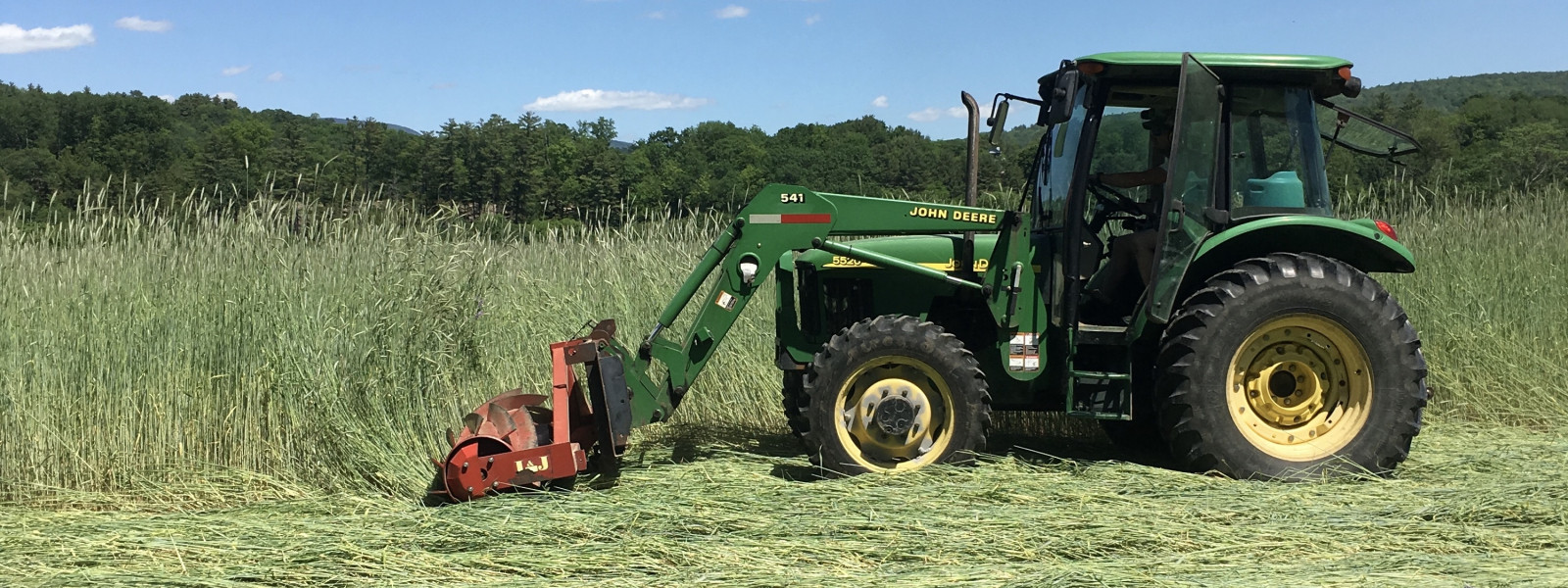How and Why We Graft Tomato Plants
“They’re a high value crop that we have to… we put a lot into, and so we want to get a lot out of them. And the grafting is like an insurance policy for that.” –Taylor Henry
Here at Cedar Circle Farm, we use our covered space (the most expensive space to maintain) for tomatoes, which have the highest customer demand as well as the highest gross per linear foot of bed space.
Grafting allows us to grow tomatoes year after year in our greenhouses without crop rotation. Joining two different plant varieties to grow together as one plant can provide pathogen resistance and increased plant vigor.
So how do we choose which two plant varieties to use?
The upper part of the combined plant is called the scion while the lower part is called the rootstock. There are only a few commercially available rootstock varieties that fit our needs. We look for a balance of generativity vs. vegetivity. Generativity is the frequency at which flowers are formed, while vegetivity is the amount of leaf mass that supports those flowers.
The actual fruit the plant produces is dictated by the selection of the scion, the top part of the grafted plant. This can be any variety of tomato we choose – sometimes a classic red, sometimes an heirloom variety.
To graft the plant, both the scion and the rootstock are cut at corresponding points on their stems where they match up in thickness. They are then pressed together and “clipped” with a specialized sleeve that holds them while they bond.
This whole process begins in early February, when we start seeding for the first greenhouse. The rootstock is seeded first, and the scion a day later. The plants are ready for grafting after about 4 weeks.
Taylor grafts about 350 at a time, which is enough for one greenhouse. After grafting, the newly-cut plants go into a “healing chamber” – a high humidity, low light environment. At first, they begin to bond in total darkness and then are gradually exposed to more sunlight over the course of a week. Eventually, the plants are potted on into 4-inch pots.
Two weeks later, about two months after initially being seeded, they are planted in the greenhouse. This gives them another two months to grow, and our first tomatoes of the season will be ready to pick just in time for strawberry season!
–
Contributors:
Taylor Henry, Senior Production Team
Luke Joanis, Farm Manager







